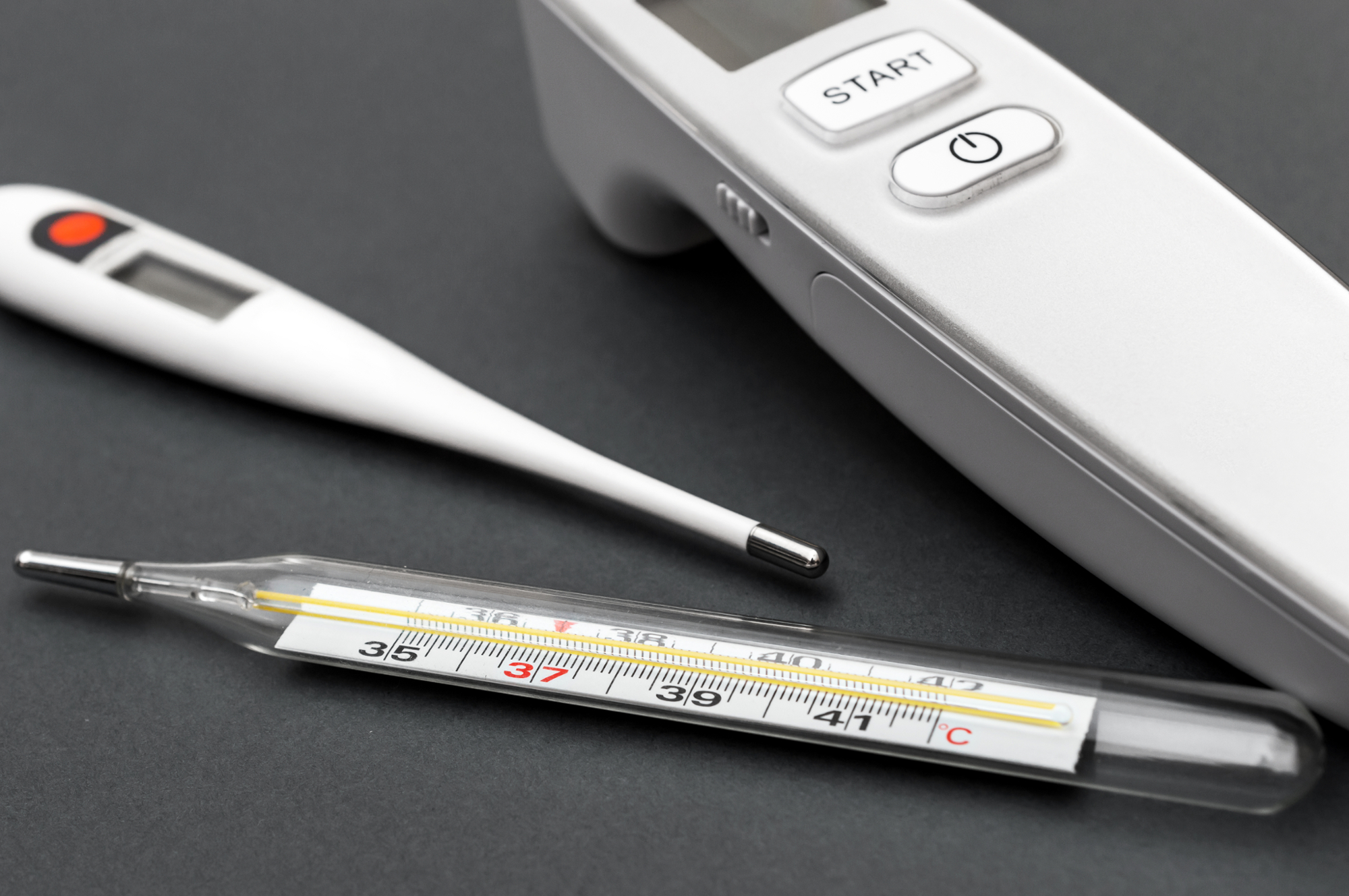“Similar to recent studies with pulse oximeters missing hypoxemia -or low concentration of oxygen in the blood- in Black patients, this study found missed fevers in Black patients when using temporal thermometers versus oral thermometers,” says Sivasubramanium Bhavani, MD, assistant professor in the Division of Pulmonology, Allergy, Critical Care and Sleep Medicine at Emory University School of Medicine and first author on the JAMA publication. “We found white patients had little variation between temporal and oral thermometer readings.”
The retrospective study involved 4,375 adult patients admitted to four Emory Healthcare hospitals between 2014 and 2021. Of those patients, 2,031 self-reported as Black and 2,344 self-reported as white. For each patient, the first pair of oral and temporal temperatures measured within one hour of each other were recorded within the first day of hospitalization. The researchers found a 26 percent lower odds of detecting fevers in Black patients using temporal compared to oral thermometers. In contrast, temporal thermometers were not significantly different from oral thermometers in white patients.
The researchers note that although the absolute difference between oral and temporal temperatures was small, this discrepancy combined with commonly used fever cut-offs can lead to fevers going undetected in many Black patients.
“This study showed a lower odds of identifying fevers in Black patients with temporal thermometers, while there was no significant difference in white patients,” says Bhavani. “This is an important finding because health systems routinely use fever cut-offs to alert or notify team members about care pathways, such as sepsis alerts to deliver timely triage and antibiotics. If fevers are going undetected, then alerts are not being activated. The differences in detection of fevers could lead to delays in antibiotics and medical care for Black patients.”
Why are fevers being detected less in Black patients when using temporal thermometers? Bhavani and colleagues suggest skin emissivity (a property potentially related to skin pigmentation) could play a role in inaccurate temperature readings. Alternatively, systematic sub-optimal use of the temporal thermometer (e.g., not scanning the forehead sufficiently) could contribute to the inaccuracy.
According to the researchers, the temporal artery thermometer used in this study has been evaluated in more than 100 clinical studies, but there have been no robust evaluations of the accuracy of this technology by race prior to its widespread adoption.
There were study limitations noted including: this was a retrospective analysis, there was an inability to evaluate temperature differences in Asian and Hispanic patients due to small sample sizes and there may have been potential selection bias of patients with paired measurements.
The research was funded by a grant from the National Institutes of Health and the National Institute of General Medical Sciences # K23GM144867.
Other Emory University School of Medicine researchers involved in the study include Zanthia Wiley, MD, Craig Coopersmith, MD and Igho Ofotokun, MD. Philip Verhoef, MD, PhD, from the University of Hawaii John A. Burns School of Medicine, also contributed to this research.

